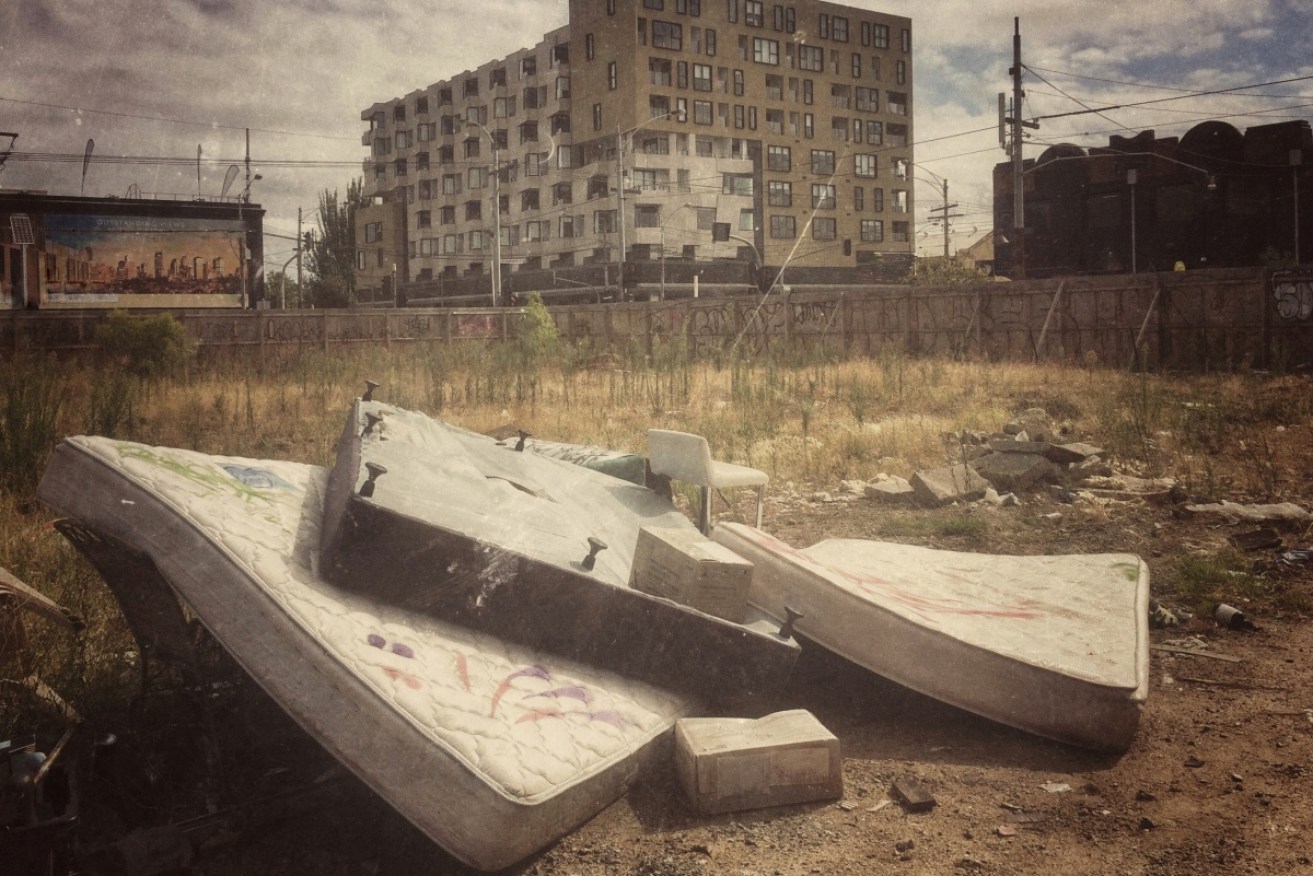What happened to Australians the last time house prices fell


Unemployment peaked at 11.5 per cent. Photo: Getty
The OECD’s stark warning of a “rout” in house prices that ripples across the entire economy has raised the spectre of the crash of 1987.
In a report released on Friday, the research arm for the world’s richest nations said Australian house prices “have reached unprecedented highs”, and that a market crash (a “significant downward correction”) would likely cut consumer spending and push up mortgage defaults.
“House prices and household debt have reached unprecedented highs, in part because policy-rate cuts have lowered debt servicing costs,” the OECD report said.
“A continued rise of the market, fuelled by both investor and owner-occupier demand, may end in a significant downward correction that spreads to the rest of the economy.”
All this has happened before.
The crash of 1987, the most recent major crash in Australian economic memory, heralded the arrival of the ‘recession we had to have’; triggered the collapse of Pyramid Building Society, which cost Victoria over $900 million; and drove unemployment up to 11.25 per cent.
Ian MacFarlane, Reserve Bank governor between 1996 and 2006, upon his retirement said “any boom built on rising asset prices financed by increased borrowing has to end”.
“The further asset prices rise above their intrinsic value, the more likely it is that a reassessment will be made and they will stop rising. At this point, there is a ‘rush for the exits’, as everyone wants to sell before prices fall.”
The recession triggered by the crash was a deeply painful experience for many Australians, with interest rates rising as far as 17.5 percent in January 1990.
Professor Peter Phibbs, a housing market expert at Sydney University, said “everyone is hoping the music keeps playing”. But he noted, as did the OECD report, that the influx of landlords into the market has raised the risks of another crash.
“There’s no doubt the market is hot. But this time you’ve got a lot of investors that have gone in pretty hard. Household debt is at an all-time high and the risk is you can’t sustain a downturn if interest rates go up,” he told The New Daily.
“The big risk to property is if there’s a serious recession, if you lose your job and people have to sell property because you can’t maintain a mortgage, that’s when you get sharp corrections.”
Today’s economy is very vulnerable. Australian GDP growth for the December quarter came in at only 1.1 percent — after negative growth of 0.5 per cent in the September quarter.
We only narrowly avoided a recession thanks in large part due to big money coming in from commodity exports, which saw Australia’s terms of trade grow by 9.1 per cent.
Professor Phibbs said the housing development market was another weak spot. He said this risk was already part realised in Perth, where the value of apartments has fallen below the values many had bought off the plan on.
“It’s hard for them, they’ve got to sell a lot of stock into a declining market.”
The housing markets in Perth and Darwin, two cities which benefited from the mining boom, have had house prices fall back 2.4 and 4.3 per cent in February alone. That, compared to a 4.5 per cent fall in Perth in all of last year.
Sales in Darwin have plunged, total volumes of sales falling 42.9 percent last year, the number of houses sold falling below 1999 levels.
But prices in Sydney and Melbourne have reached all-time highs.
Dr Gavin Putland, honorary director of the Land Value Research Group, who has been writing about Australian house prices for more than a decade, said that “fundamentally, house prices fall because they’re too high”.
“There are two ways in which prices can be ‘too high’, exceeding the discounted present value of the future rent stream, when the house won’t cover the income it might bring in as rent, or exceeding the reasonable capacity of buyers to service loans.”
Writing in 2010, he estimated that Australian housing prices were 45 per cent overvalued. Again in 2015, Dr Putland pointed to an overheated market.
Construction is a huge industry in Australia, accounting for 8.9 per cent of all employment at last count.









